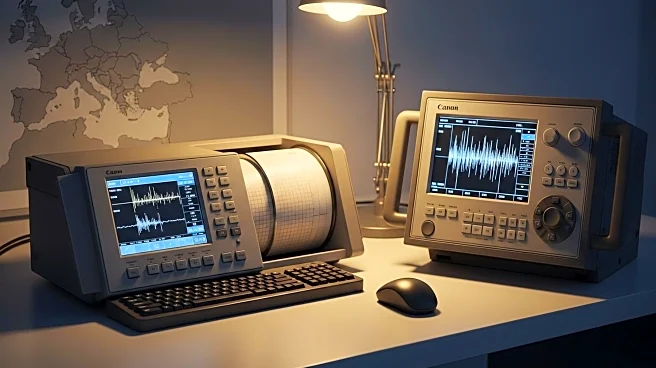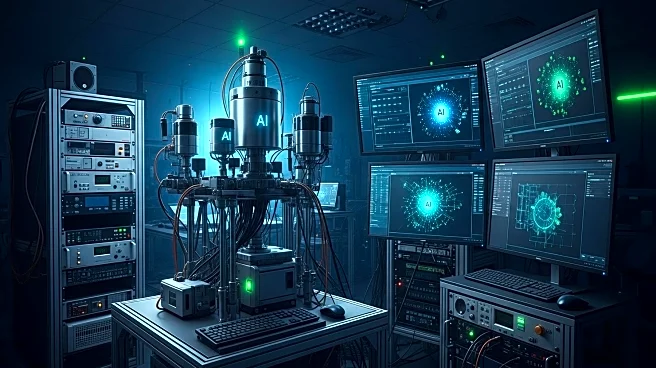What's Happening?
Researchers from Stanford University, INGV Osservatorio Vesuviano, and the University of Naples Federico II have utilized AI to reanalyze seismic records beneath Italy's Campi Flegrei volcano. The study found more than four times as many small earthquakes between January 2022 and March 2025. These small events reveal where the crust is stressed and how energy is moving through the volcanic field. The AI approach provides cleaner detections and sharper locations, allowing scientists to track changes faster and judge when activity starts to cluster in risky ways.
Why It's Important?
The use of AI in monitoring volcanic activity is crucial for enhancing risk planning and public safety. By providing near real-time detections, AI helps observatories update maps of active zones as conditions evolve, supporting decisions like where to inspect infrastructure and stage emergency services. This technology offers a clearer view of the caldera's structures and faults, helping planners bound the upper size of plausible events and refine emergency response strategies. The ability to track changes quickly is essential for managing everyday disruptions and potential evacuations.
What's Next?
The continued use of AI in seismic monitoring is expected to improve the precision and reliability of earthquake detections. As AI technology evolves, it may offer even more accurate insights into volcanic activity, potentially leading to new applications in other areas of disaster management. Stakeholders, including emergency managers, scientists, and policymakers, will focus on expanding the use of AI to enhance public safety and infrastructure resilience.
Beyond the Headlines
The ethical considerations of AI in disaster management include concerns about data privacy and the potential displacement of traditional monitoring jobs. As technology becomes more prevalent, there will be a need for regulations to ensure responsible use and equitable access to technology. Additionally, the cultural shift towards technology-driven monitoring may require education and training for emergency managers to adapt to new methods.













